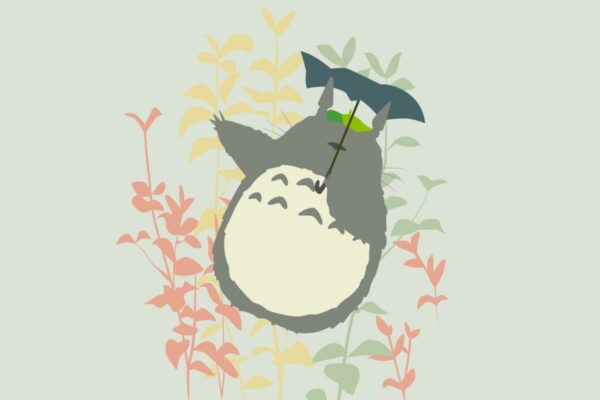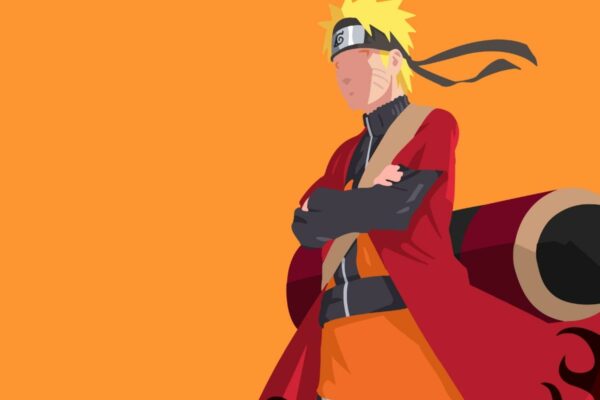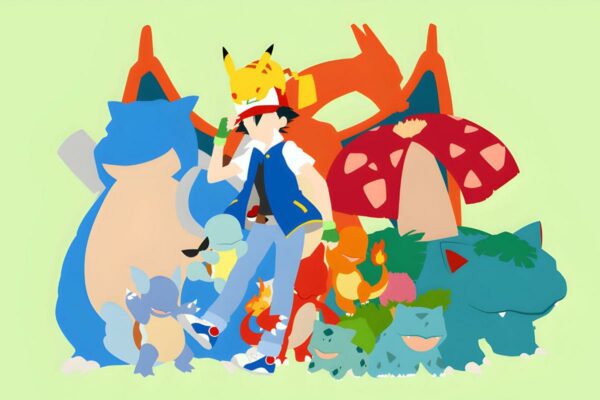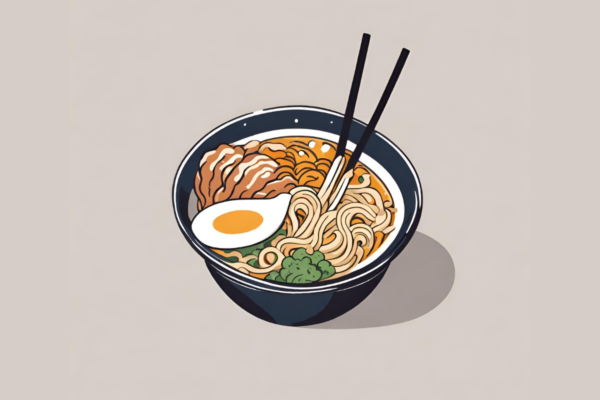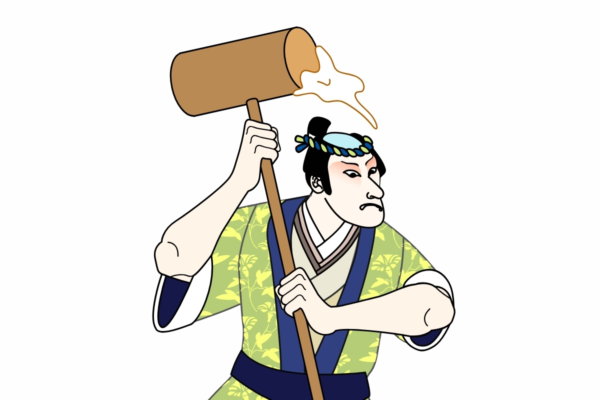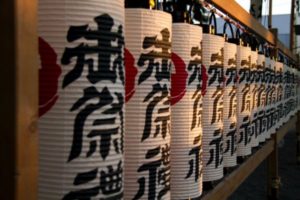WHEN we think of America we think of burgers. When we think of the UK, tea, and when we think Japan we think of modernity. However, the institution of the Japanese Samurai transcends the recent history of whirring gadgets and blazing lights. We at Japan Nakama know that the legacy of such an order had inspired and impacted the perception and reality of Japanese culture in Japan and abroad.
Who were the Samurai?
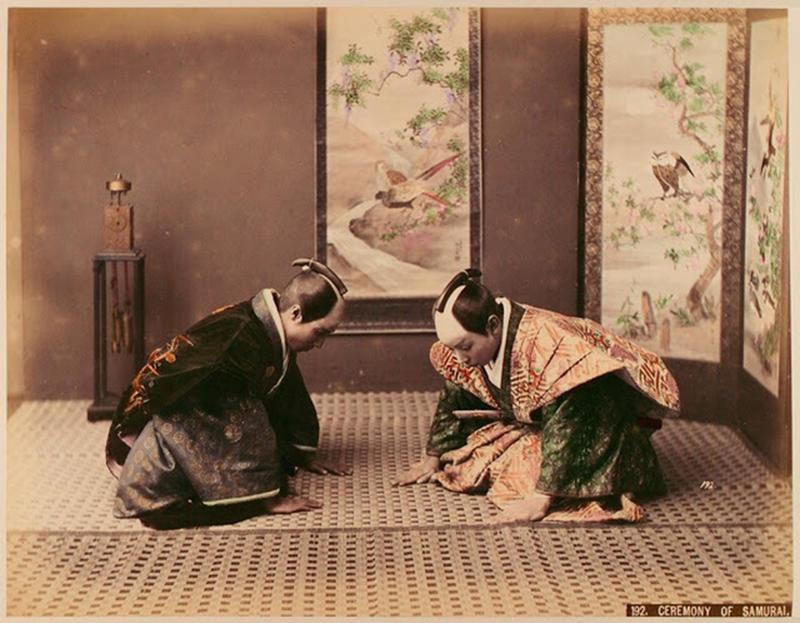
“An emphasis on honour and duty comes above personal profit.”
Why this matters is because we must ask ‘who were the Samurai?’ In Japanese, this chivalry is known as bushido, though it differs in many ways from its European iteration. Chivalry was associated with knights, rich and lavish. Our Japanese Samurai, however, chose a more Spartan path, frugal with their desires. They lived to serve their masters until their death, or all too commonly, they fell ill of their master’s wishes.
The word “Samurai” roughly translates to those who serve, or Bushi, meaning warrior. The samurai were those who belonged to the powerful military caste in feudal Japan and were backed up by the authority of the shogun who awarded them with power over the Mikado, or, the Japanese emperor.
By the late 1100s, powerful military leaders, including the samurai, were challenging the power of the imperial court to move forward towards their goal of achieving complete dominance over the Japanese government until the 1868 Meiji Restoration.
History of the Samurai
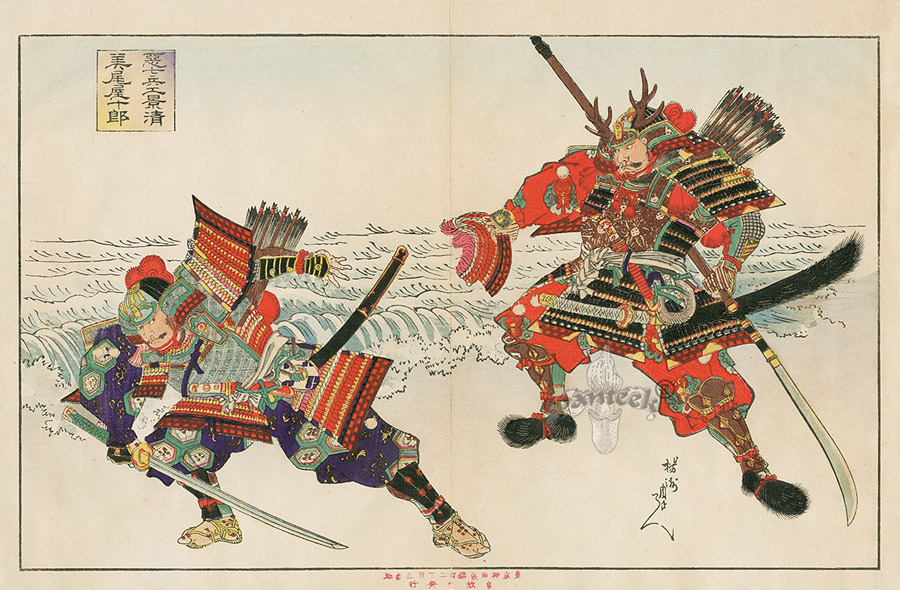
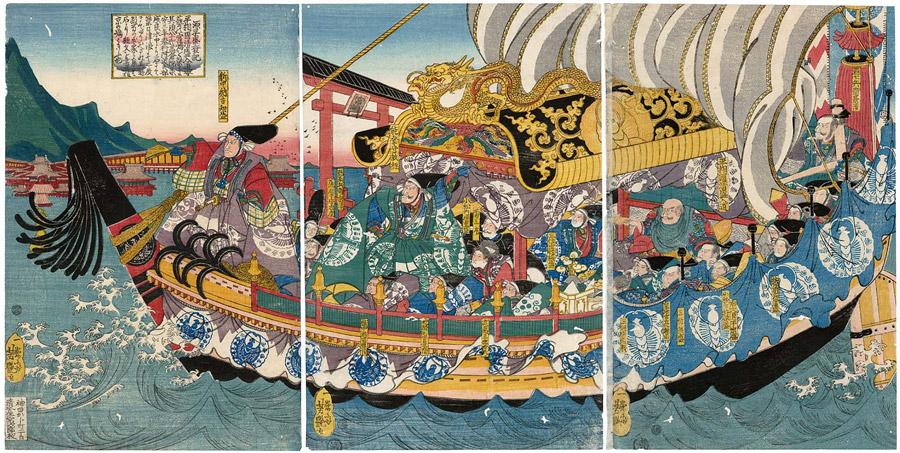
The origins of the samurai can be traced back to the Heian Period when campaigns attempted to subdue the native Emishi tribes who belonged to the Tohoku Region. At the same time, the samurai became armed supporters of wealthy landowners who had detached themselves from the central Japanese government and had started to build personal armies for their protection.
Two of the wealthiest and most powerful clans at the time would be the Minamoto and Taira clans who both challenged each other and the government for supremacy and dominance over the entirety of Japan. The samurai would then rule over the country for the next 700 years after the glorious triumph of the Minamoto clan, and the establishment of the new military government in 1192.
First Warrior Government: Kamakura Period (1185-1333)
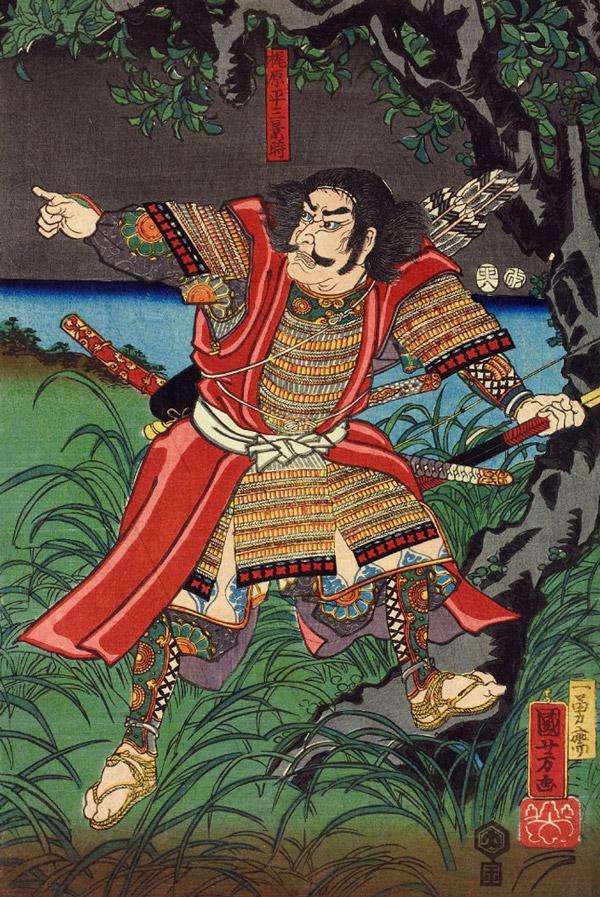
The victorious Minamoto clan then went to establish their new military-centred government at Kamakura, their eastern stronghold. The Kamakura Period in Japan brought rise to the emergence of the shogun rule presided by Japanese warlords, or daimyo, who claimed power from scholar-courtiers and hereditary monarchy; thus, giving samurai warriors and their respective lord’s control over the Japanese empire.
The power of the samurai also rested on Minamoto Yoritomo (1147-1199), the leader of the Minamoto clan and appointed sei-i-tai shogun (literally “Great Barbarian-Subduing General), through his appointment of strong, disciplined, and loyal warriors to take on high-ranking regional posts like military governors and constables, to name a few.
Second Warrior Government: Ashikaga Shogunate (1336-1573)
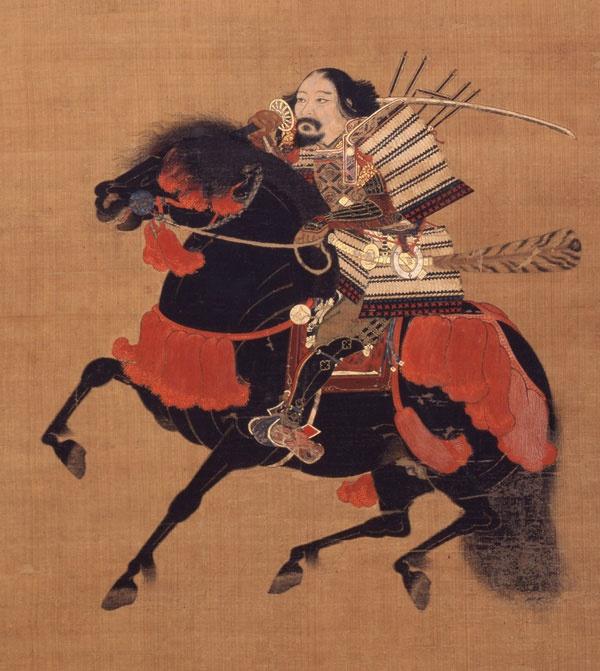
After the Kamakura shogunate was visibly weakened by the strain of defeating two Mongol invasions, it thus led to a rebellion led by the shogun Ashikaga Takauji that thereafter brought Japan to a near-constant state of conflict between territorial clans and groups alike.
The Ashikaga Shogunate was based in Muromachi and organized samurai into lord-vassal hierarchies that created a value system built on the virtues of honour, loyalty, and courage. However, due to the political unrest and the failure of Ashikaga shoguns regarding their effectiveness, the daimyo, and their samurai then stepped in to build bureaucratic governments and establish the law, order, and peace the Japanese once lost.
Third Warrior Government: Tokugawa Shogunate (1600-1868)
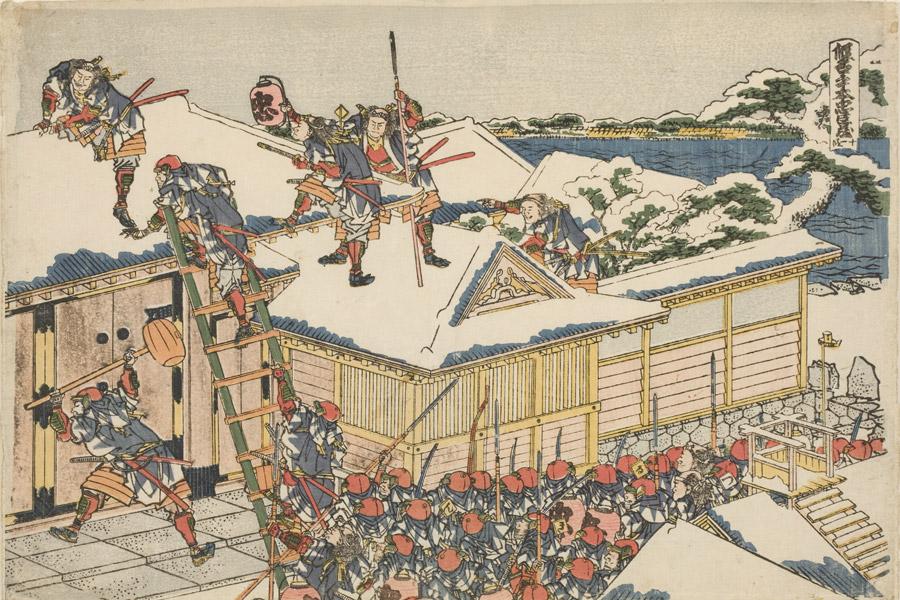
The Third Warrior Government brought about the unification of Japan under the discretion of one of Japan’s “Great Unifiers,” Tokugawa Ieyasu, who also brought life to the Tokugawa Shogunate.
The Tokugawa Shogunate led Japan into a 250 year-long era of peace and prosperity through the creation of a stronger bureaucratic government in Edo (modern Tokyo) by gaining military control over all local daimyo and samurai.
The creation of government-recognized and differentiated classes of society namely samurai, farmers, artisans, and merchants, was also established during the period.
Restoration of Imperial Authority: Meiji Restoration

The Third Warrior Government brought about the unification of Japan under the discretion of one of Japan’s “Great Unifiers,” Tokugawa Ieyasu, who also brought life to the Tokugawa Shogunate.
The Tokugawa Shogunate led Japan into a 250 year-long era of peace and prosperity through the creation of a stronger bureaucratic government in Edo (modern Tokyo) by gaining military control over all local daimyo and samurai.
The creation of government-recognized and differentiated classes of society namely samurai, farmers, artisans, and merchants, was also established during the period.
Artifacts of the Samurai
When one hears the word samurai, they are almost often associated with traditional artifacts such as swords and heavy body armour.
The Samurai Sword
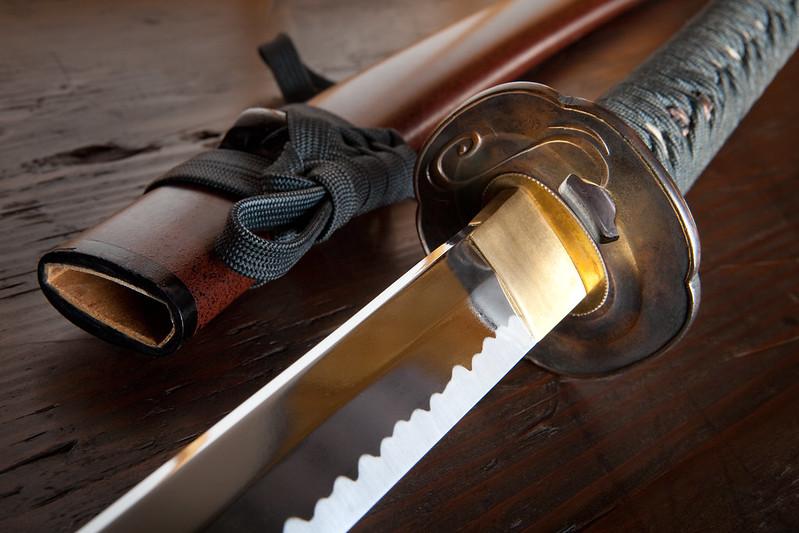
To many, the katakana may be the most prime and common example that represents the so-called “samurai sword.”
However, the first samurai swords did not look anywhere near the well-known katana –– instead, the first created samurai swords were straight and equipped with double-edged blades, similar to the Chinese sword, Jian.
Some of the oldest and most important samurai swords in Japanese history include Honjo Masamune and Dōjigiri Yasutsuna. The Honjo Masamune was a Tachi sword type created in the late 13th to early 14th century by the greatest swordsmith Masamune himself. The sword was deemed one of his best works that served as a symbol of the Tokugawa shogunate and consequently, rose to fame as one of Japan’s greatest treasures.
The Dōjigiri Yasutsuna, on the other hand, is also a Tachi type of sword created in the 10th to 11th century by Hōki-no-Kuni Yasutsuna. Often dubbed the “yokozuna” of swords, the Dōjigiri Yasutsuna boasts the oldest katakana-style blade in Japan with unmatched beauty, strength, and value –– making it Japan’s greatest weapon like no other.
It has also been said that the sword has earned its name through the legendary battle between Minamoto no Yorimitsu and the fearsome thieving demon, Shutendōji (in English, Dōji-slaying).
Samurai Armour

Furthermore, one of the prominent Japanese samurai armours, O-yoroi, first emerged during the Heian Period and was known for its widespread use during the Genpei War (1180-1185). The O-yoroi was known as the “great armour” because it was considered a rich man’s armour worn by high-ranking samurai.
The O-yoroi, similar to other samurai armour, were collectively known as “hei-no-rokugu” or “rokugu” due to its six major components namely: dō (cuirass), kabuto (helmet), menpo (mask), kote (armoured sleeves), sune-ate (greaves), and hai-date (cuisses). However, what made the O-yoroi different from other samurai armours would be its composition of two separate parts –– the waidate and kusazuri –– instead of one whole piece.
Samurai in Modern Films and Literature
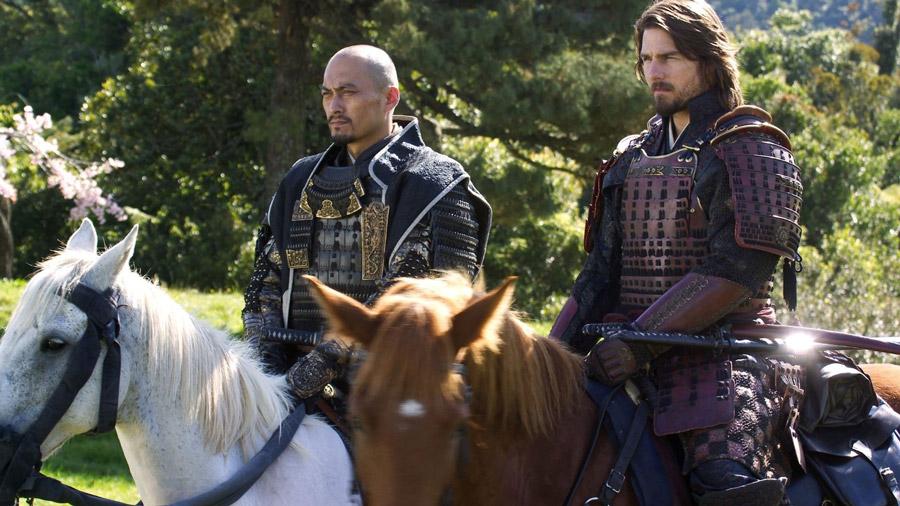
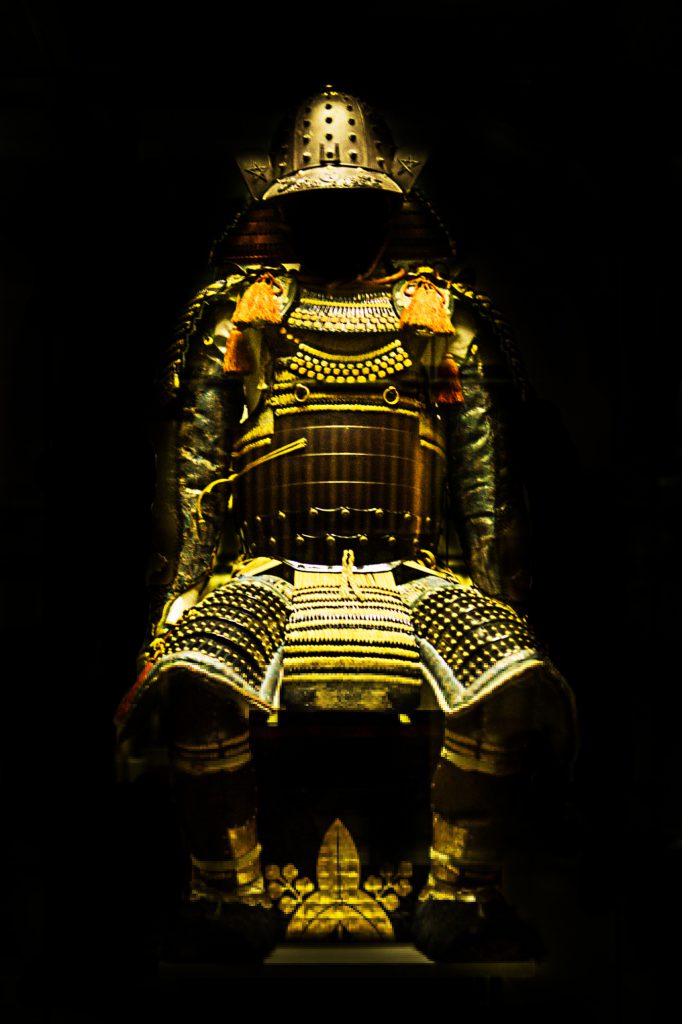
“An emphasis on honour and duty come above personal profit.”
Why this matters is because we must ask ‘who were the Samurai?’ Remember Tom Cruise in The Last Samurai? Funnily enough, this portrayal of Samurai culture has some commonalities with reality. An emphasis on honour and duty come above personal profit. In Japanese this chivalry is known as bushido, though it differs in many ways from its European iteration. Chivalry was associated with knights, rich and lavish. Our Japanese Samurai, however, chose a more Spartan path, frugal with their desires. They lived to serve their masters until their death, or all too commonly, they fell ill of their master’s wishes.
Samurai Jack, the popular cartoon, also drew on historical myth in its episodes. The Samurai weapon of choice was the Katana, known to most people simply as the samurai sword. Films and TV shows are a great medium to experience what it must have been like to serve as a Samurai, though what’s even better, is from local myth and art dating back to 900AD. The Samurai we know and love didn’t emerge in the traditional image we see until the mid-1200s, but by then there were already myths and stories of their deeds across Eastern Asia.
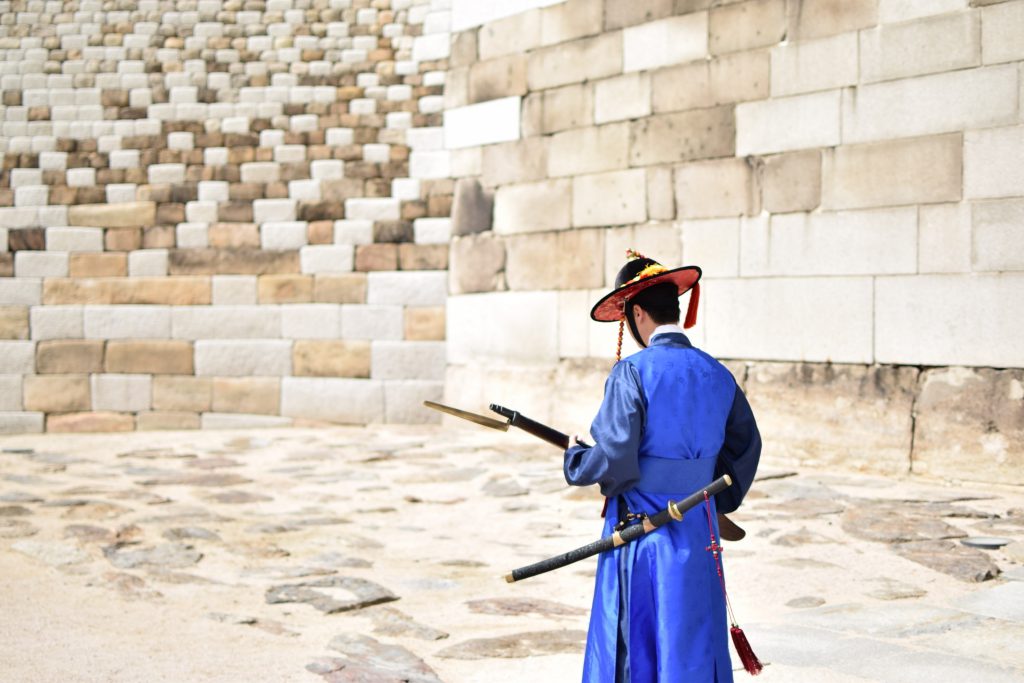
Fact or fiction?
One Samurai, who’s story we love at Japan Nakama, is ‘Yanone Goro’ from the play ‘Kuruwa-gayoi Komachi Soga’ (yes it’s a mouthful!) He’s depicted as a great warrior surrounded by katana swords and other weapons. This is until he’s disturbed by a friend, Ôzatsuma Shuzendayû, who offers him a beautiful silken scroll depicting the seven gods of Good Fortune (shichifukujin) in their boat full of treasures. The scroll, he is told, will give him a premonition if he rests his head on it on the first night of the year. As he does so, that evening, the scroll guides him into a dream where his brother calls for aid. Goro, incensed, rushes outside to begin his rescue mission. The play ends with Goro stealing a horse because he’s so pressed for time, and exits the stage whipping his horse with an enormous radish. The horse he borrowed was from a vegetable salesman.
Wood block prints, the traditional art form of pre-modern Japan, also tell us so much about the history of the Samurai. Yoshitoshi’s print of Gyokuensai the Samurai – hiding from the wind under cherry blossom and shielded by a kimono – is a peaceful and lonely print. This highlights part of the Samurai’s plight. For example, where is his master?
But, not all Samurai had masters. As mentioned before, Samurai often ‘went rogue’. Glamourized by films such as 47 Ronin, but realised by famed Samurai like ‘Sakamoto Ryoma’. When a Samurai goes rogue he follows his own desires, such as contract killing, becoming a hermit or wandering the land to pass the time.
The stories of Yanone Goro and Gyokuensai are just one small part of the amazing story of the Japanese Samurai. Keep coming back to us for more, but in the meantime have a look here.










